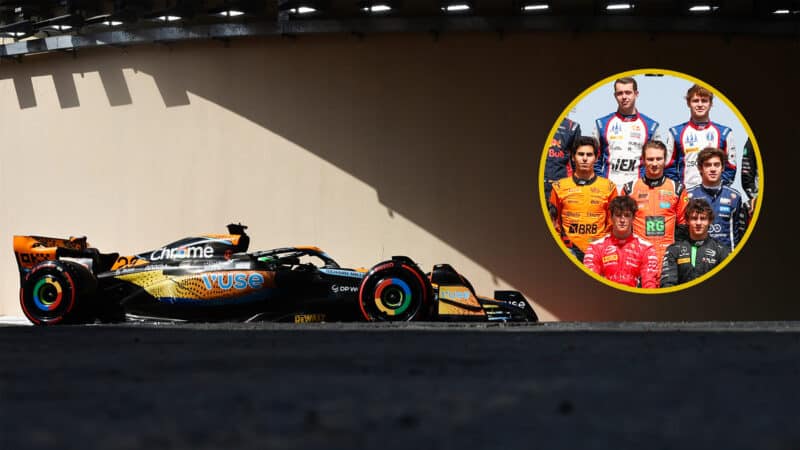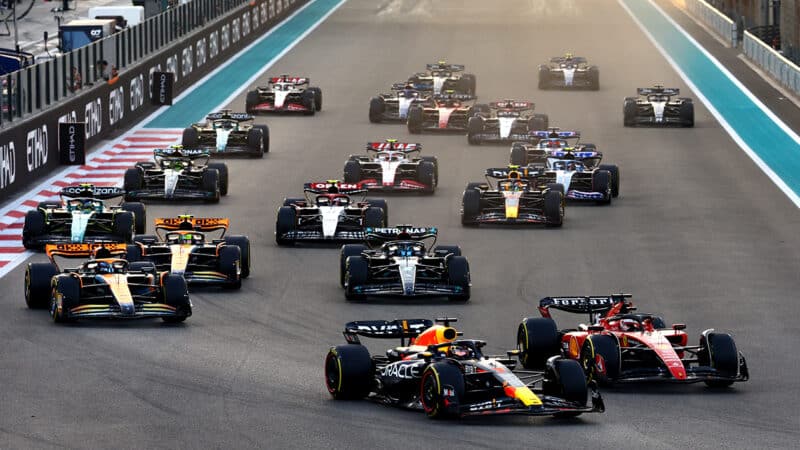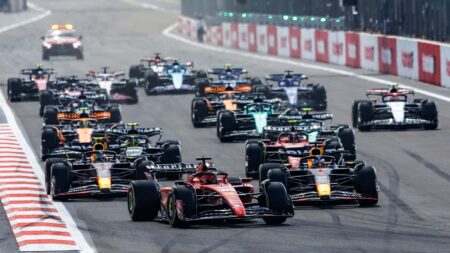The latest concept of the idea involved the rookie-filled grid taking part in a race weekend, which would involve one practice session, a shortened three-stage qualifying session and subsequent race. If organisers followed Formula 1’s sprint race format, as has been suggested, the race around Yas Marina would likely be 19 laps long — a third of grand prix distance.
In order to be eligible drivers must not have competed in more than two F1 grands prix, meaning that Liam Lawson and Franco Colapinto would not be able to line up alongside their former F2 counterparts (if the event was going ahead this year) having already completed longer stints in an F1 cockpit as reserves.
The rookie race aims to address the general concern that young drivers are given few opportunities behind the wheel of an F1 car and could give them a chance to prove themselves worthy of a full-time seat.
Why has the FIA’s rookie race been delayed?
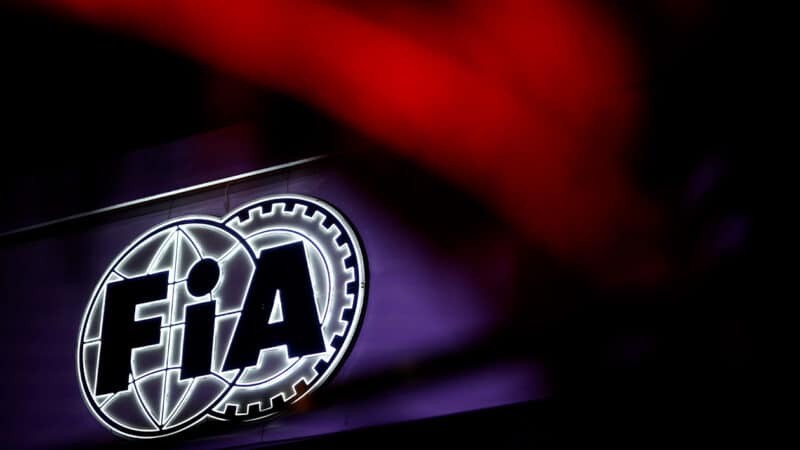
The FIA, F1 team bosses and Liberty Media have agreed that the rookie race concept needs time to develop
Chris Graythen/Getty Images
After a meeting of the F1 Commission on October 3 2024 — which is composed of F1 team bosses, the FIA (F1’s governing body) and F1 commercial rights holder Liberty Media — it was decided that the rookie race should be delayed until at least 2025, allowing the concept time to develop having only started to gather momentum ahead of the summer break in August.
But even after gaining widespread support, the concept of a rookie race has raised some concerns — particularly on the load imposed on the teams. After enduring through the longest season in Formula 1 history and following back-to-back triple header race weekends — first in the United States, Mexico and Brazil and then in Las Vegas, Qatar and Abu Dhabi — engineers and mechanics would be forced to take part in another competitive race weekend, where the demands on them are higher than in testing.
With a practice session, qualifying and a race difficult to cram into a single day, it’s possible that the rookie race event could take place over two days in order for rookie drivers to prepare properly — further extending team staff’s stint away from home.
There were also concerns surrounding how and if the event would be televised as well as the implications on varying levels of performance. While the junior drivers from Red Bull, Ferrari, McLaren and Mercedes would all likely benefit from the heightened performance of each team’s respective car, those driving for Williams, Sauber and Haas could struggle to show pace and potential.
There is currently no guarantee that the rookie race will take place in 2025, with many more details to be discussed.
What do drivers and teams think of the FIA’s rookie race?
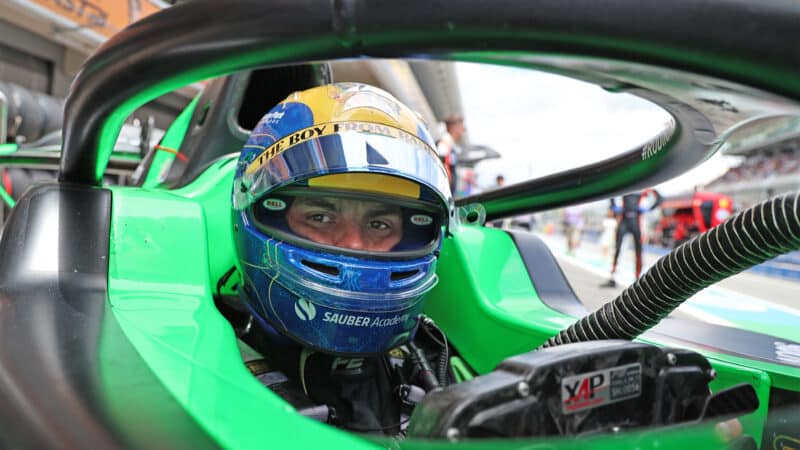
Sauber junior Zane Maloney relishes the thought of racing a F1 car — as does many others
Grand Prix Photo
The concept of a rookie race has been well received by drivers and teams, who believe it to be a great opportunity for aspiring F1 talent to prove itself on a real-world stage.
During the annual Abu Dhabi young driver test, drivers are often placed in the cockpit for a single afternoon of extended running. Hour-long FP1 sessions are the only other time test and reserve drivers can experience a real-life F1 race weekend outside a simulator — but they can often be plagued with stoppages as cars spin or crash and are dragged back to the paddock.
